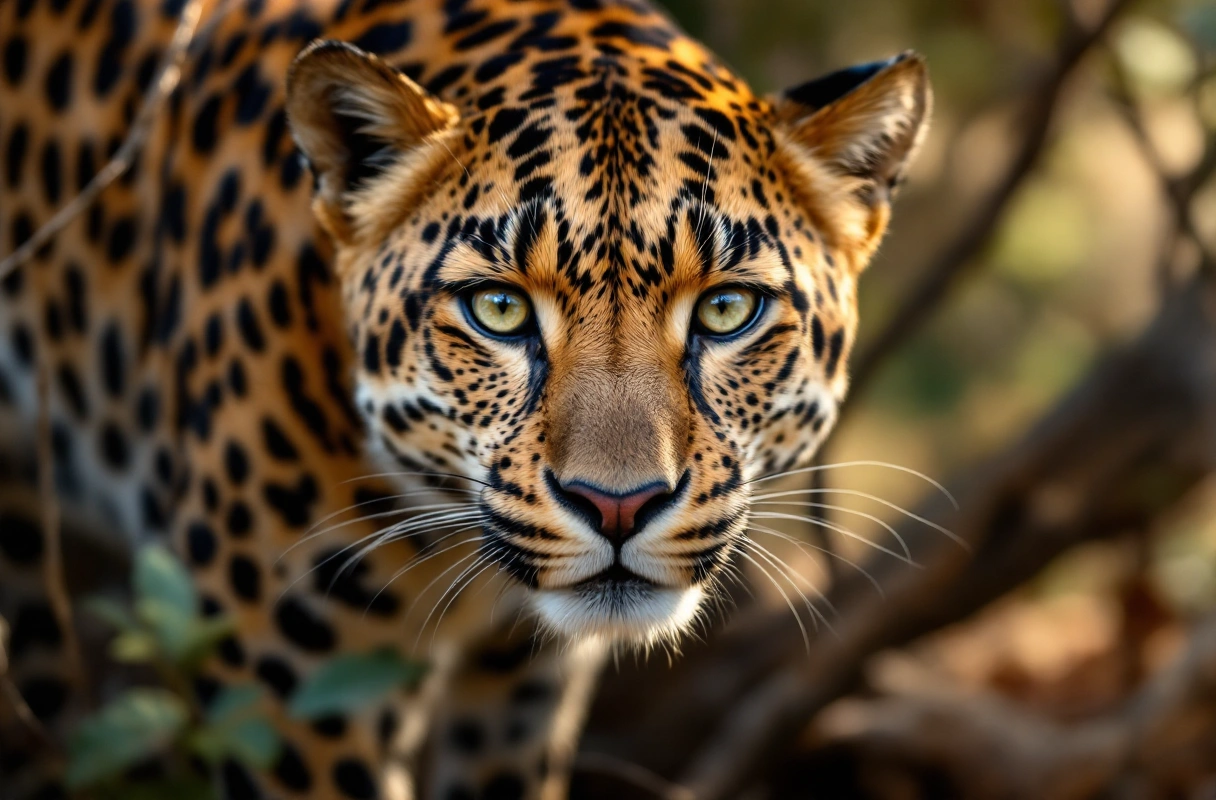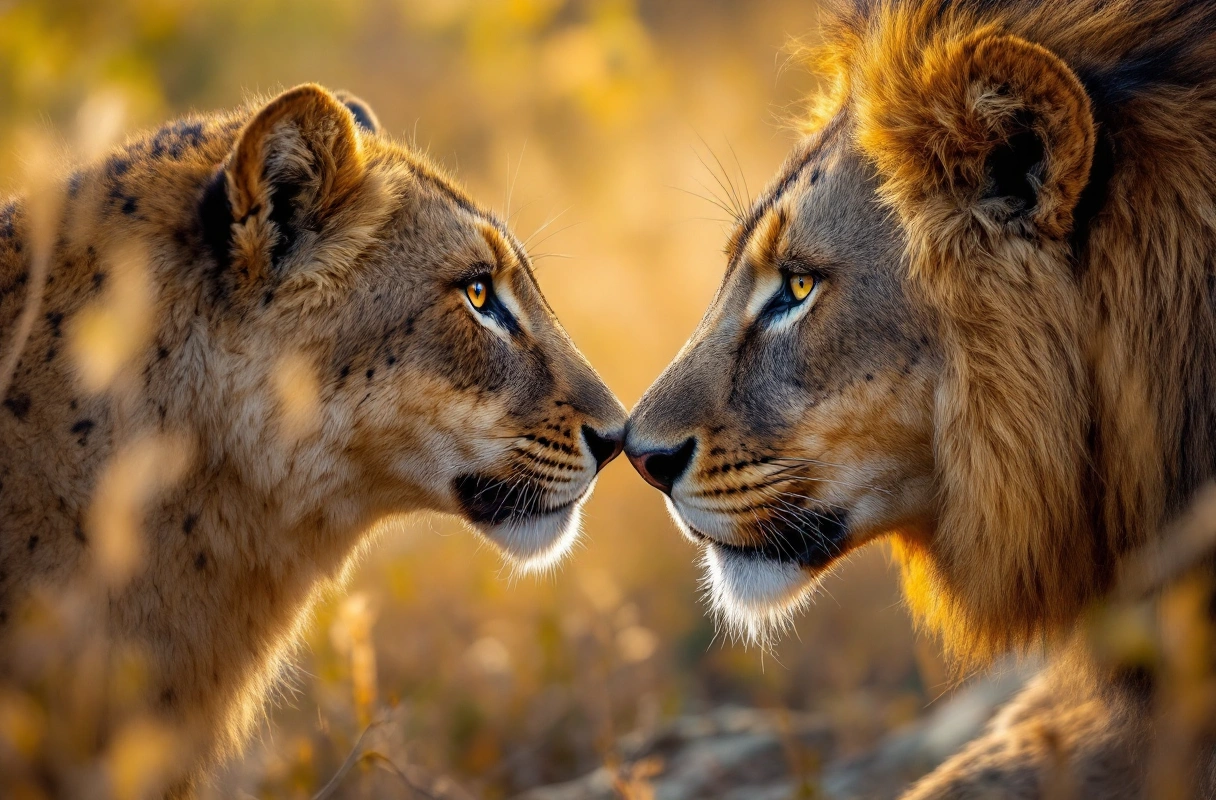
The African wilderness is a complex tapestry of life, where predators and prey engage in a constant struggle for survival. This delicate balance of nature is not only captivating but also critical for the health of ecosystems. Understanding the dynamics between African animals in their natural habitats can enhance wildlife experiences for nature enthusiasts and adventurers alike. This article delves into the fascinating world of African animals, exploring their roles as predators and prey, and provides essential tips on what to pack for a safari adventure in Africa.
Predators play a pivotal role in maintaining the balance of ecosystems. In Africa, large carnivores such as lions, leopards, and hyenas are top predators. Their presence helps regulate prey populations, which in turn ensures that vegetation is not overgrazed. This natural regulation fosters biodiversity and sustains the ecosystems in which these animals live.
The presence of predators can significantly affect the behavior and distribution of prey animals. For instance, prey species often develop adaptations such as heightened senses and herd behavior to evade predators. This evolutionary arms race drives natural selection and leads to a diverse range of adaptations within prey populations.

Prey species are equally crucial in the ecological balance of African habitats. Herbivores like elephants, giraffes, and antelopes not only serve as a food source for predators but also play vital roles in shaping their environment. Their grazing habits can influence plant communities and, consequently, the entire ecosystem.
The interaction between predators and prey creates a dynamic balance in African ecosystems. When predator populations are healthy, they maintain the equilibrium by controlling prey numbers, which prevents overgrazing and promotes biodiversity. Conversely, when predator numbers decline, prey populations can explode, leading to habitat degradation and loss of biodiversity.

Despite the fascinating dynamics between African animals, several misconceptions persist. Understanding these can enhance wildlife experiences and foster a deeper appreciation for these magnificent creatures.
Planning a safari adventure requires careful consideration of what to pack. The right gear can enhance your experience and ensure your safety while exploring the breathtaking landscapes and observing African animals in their natural habitats.
Engaging with African animals in their natural habitats offers unparalleled wildlife experiences. Whether you are an experienced traveler or a first-time adventurer, understanding the dynamics of predators and prey enriches your appreciation for these majestic creatures. Observing their interactions in the wild provides valuable insights into the delicate balance of nature.
As you immerse yourself in the wonders of African animals, consider how the Banana Slug Club can enhance your journey. Our services offer a wealth of information and resources that can transform your understanding of wildlife and nature. We provide educational materials, interactive experiences, and expert insights that cater to nature enthusiasts, students, and curious minds eager to learn about the world around them.
If you are excited about diving deeper into the fascinating world of African animals and exploring more about nature, science, and wildlife, look no further. The Banana Slug Club is here to support you on your adventure. Visit our website or contact us for more information on how we can help you maximize your learning and exploration of the natural world. Together, let’s celebrate the intricate balance of life in the wild.
Get free resources, early access to new features and updates.
No spam. Just fun educational emails!